Our Products
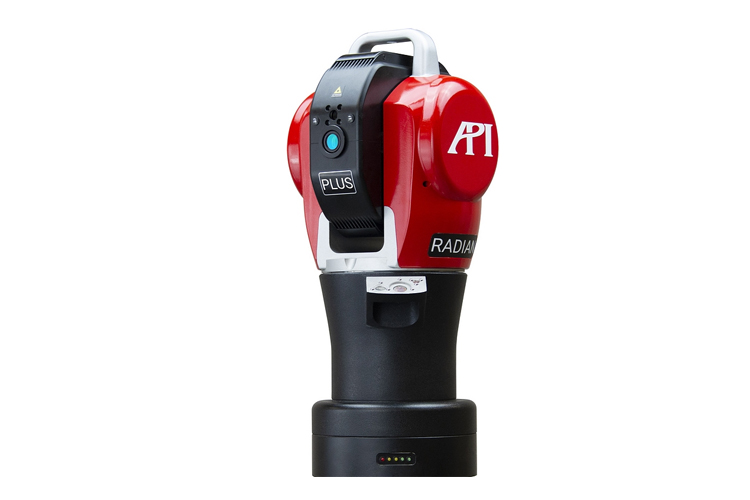
API Radian Plus Testing
Rotational Envelope
20m / 50m / 80m
Horizontal {Infinite)
±320° (640°)
Vertical (Infinite)
> -59° - + 79° (138°)
Data Output Rate
1000 points/sec
Accuracy (MPE)
10 μm/m
IFM Accuracy
0.5 μm/m
Key Features
- Highest precision and accuracy – The Radian’s IFM laser and NIST traceable
- Largest working volume – The Radian comes in a 20m 50m and 80m range giving you up to a 160m working volume.
- Most Portable IFM/ADM Laser Tracker – Radian can be mounted almost anywhere and in any orientation
- Dynamic measurement – The Radian will provide continuous point data
- Multiple target identification –As quickly as you can switch targets the Radian has already identified whether you are using an SMR or our handy I-probe!
- INNOVO™Camera for largest angle view
API OmniTrac 2
Azimuth Range
± 320º (640º end to end)
Elevation Range
+ 79º / -59º
Angular Resolution
± 0.018 arc seconds
System Angular
Accuracy
3.5 μm/m*
System Resolution
0.02 arc seconds
Maximum Lateral Target Speed
180º / sec
Key Features
- Completely wireless operation (Integrated controller, weather station, tilt sensor, battery, WiFi)
- Battery operation (3-6 hours) with internal, rechargeable cells (non-removable by user)
- High accuracy ADM able to do dynamic measurement.
- Autolock (Camera Assisted Automated Target Acquisition)
- Onboard level sensor.
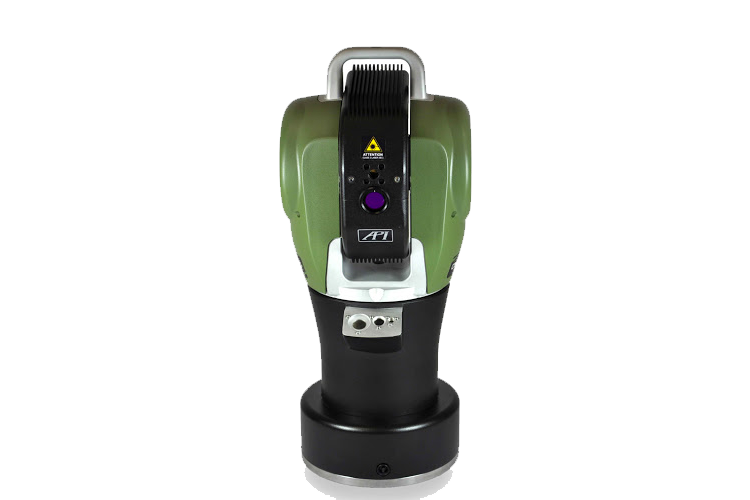
LEICA 402
Typical Reflector Measurement Volume
(ø) 320m
Operating Temperature
0 ̊C to +40 ̊C
Relative Humidity
Max : 95% (non-condensing)
Altitude
-700 to 5500 m (-2,300 to 18,000 ft)
Angular Accuracy (MPE)
+/- 15 μm + 6 μm/m (+/- 0.0006”+0.000072”/ft)
Angular Repeatability
+/- 7.5 μm + 3 μm/m (+/-0.0003”+0.000036”/ft)
The Leica Absolute Tracker AT402 presents the ideal solution for portable probing applications when paired with the established quality of the Leica B-Probe portable probing tool. This single-case portable probing system delivers improvements in measurement process speed and usability as well as customisable hidden-point reach. When added to the already class-leading cableless functionality of the Leica B-Probe, large-volume probing is now simpler and better than ever before
Laser Tracker Services
Laser trackers are instruments that accurately measure large objects by determining the positions of optical targets held against those objects. The accuracy of laser trackers is of the order of 0.025 mm over a distance of several metres.[1] Some examples of laser tracker applications are to align aircraft wings during assembly[2] and to align large machine tools.[3] To take measurements the technician first sets up a laser tracker on a tripod with an unobstructed view of the object to be measured. The technician removes a target from the base of the laser tracker and carries it to the object to be measured, moving smoothly to allow the laser tracker to follow the movement of the target.
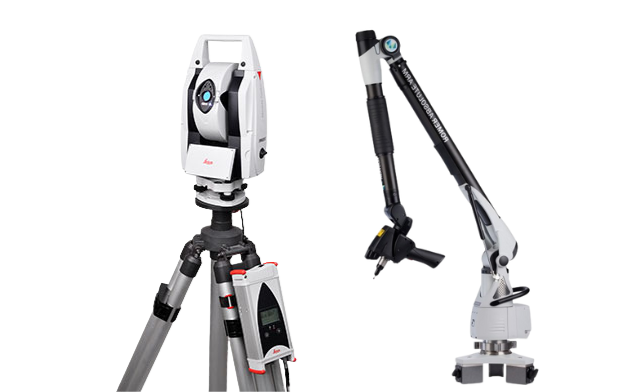
CMM Inspection Services
A coordinate measuring machine (CMM) is a device that measures the geometry of physical objects by sensing discrete points on the surface of the object with a probe. Various types of probes are used in CMMs,including mechanical,optical, laser,and white light.Depending on the machine, the probe position may be manually controlled by an operator or it may be computer controlled.CMMs typically specify a probes position in terms of its displacement from a reference position in a three-dimensional Cartesian coordinate system
Laser Tracker Measurement
A laser tracker is a measuring device that projects a laser beam onto an optical target that is in contact with an object to be measured, and determines the three-dimensional position of the target. The optical targets known as “retroreflective” because they reflect the laser beam back to its emitted origin point – typically known as a spherically mounted retroreflector (SMR). Dimension values, angles, geometrical tolerances, etc. are determined by software that calculates the 3D coordinates of the retroreflector.
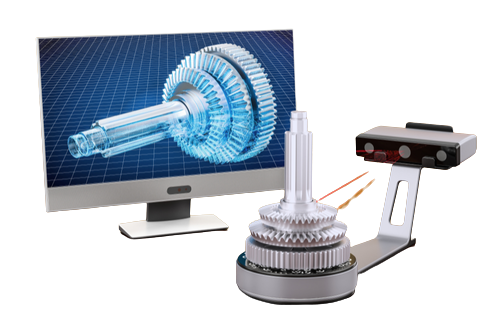
3D Scanning Services
3D scanning is the process of analyzing a real-world object or environment to collect data on its shape and possibly its appearance (e.g. color). The collected data can then be used to construct digital 3D models.
A 3D scanner can be based on many different technologies, each with its own limitations, advantages and costs. Many limitations in the kind of objects that can be digitised are still present. For example, optical technology may encounter many difficulties with dark, shiny, reflective or transparent objects. For example, industrial computed tomography scanning, structured-light 3D scanners, LiDAR and Time Of Flight 3D Scanners can be used to construct digital 3D models, without destructive testing.
ROMER ARM 7525
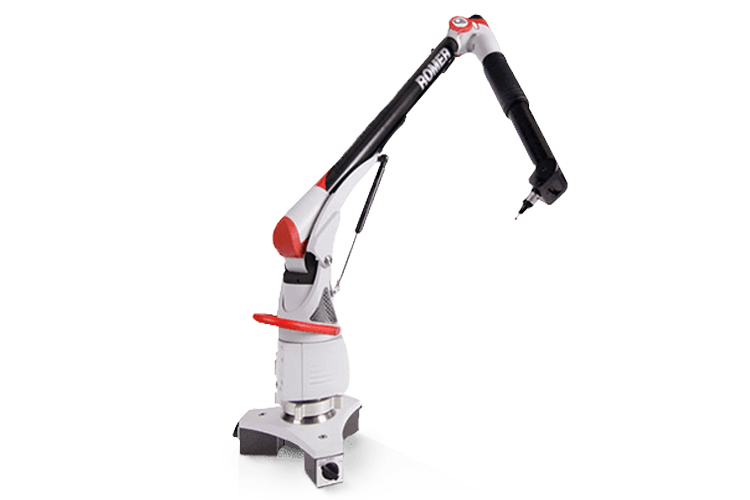
Acuuracy
.020mm
Least count
.001mm
Measuring range
5 m / 8.2 ft.
Base Type
Magnetic Type
Point repeatability
020 mm / 0.0008 in.
Arm weight
0 kg / 17.6 lbs.
Working Temperature
0˚C – 50˚C (32°F – 122°F)
Storage temperature
.001mm
ROMER ARM 7325

Acuuracy
.026mm
Least count
.001mm
Measuring range
5 m / 8.2 ft.
Base Type
Magnetic Type
Point repeatability
±038 mm / 0.0015 in.
Arm weight
±038 mm / 0.0015 in.
Working Temperature
0˚C – 50˚C (32°F – 122°F)
Storage temperature
30˚ – 70˚ C (-22°F – 158°F)
LASER SCANNER 7330 SI-RS4
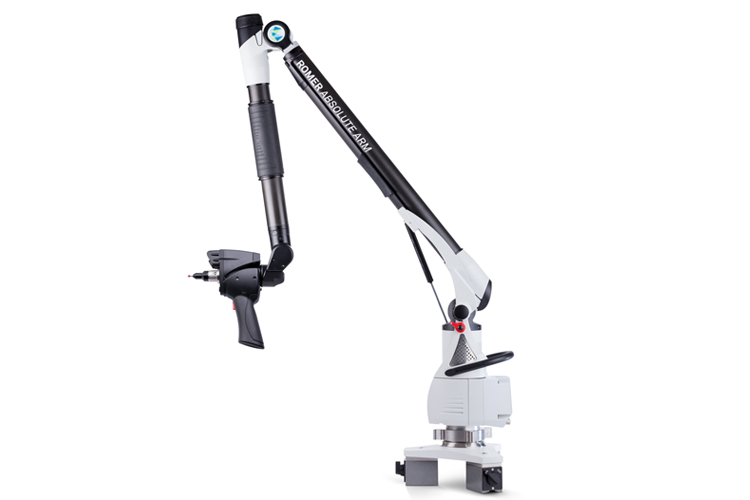
Scanning Accuracy
0.025mm
Probing Volumetric Accuracy
±0.100mm
Scanning System Accuracy
0.119mm
Minimum Point Spacing
0.011mm (Line)
Measuring range
3m / 9.8 ft.
Base Type
Magnetic Type
Point repeatability
0.079 mm / 0.003 in.
Arm weight
8.9 kg / 19.0 lbs.
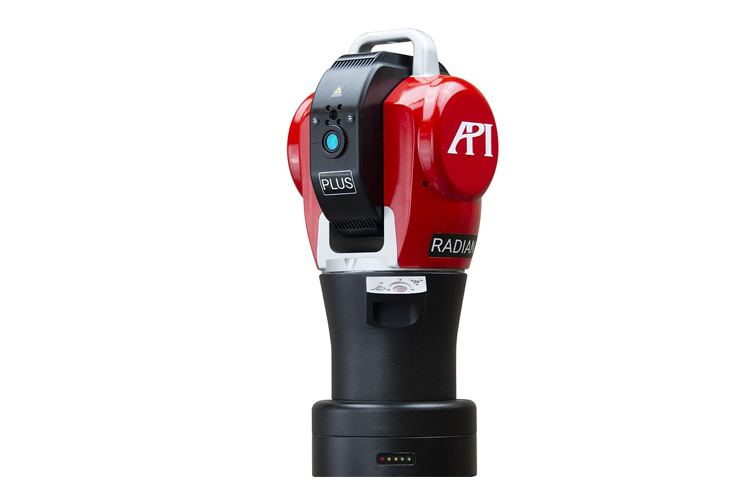
Rotational Envelope
20m / 50m / 80m
Horizontal {Infinite)
> ±320° (640°)/p>
Vertical (Infinite)
-59° - + 79° (138°)
Data Output Rate
1000 points/sec
Accuracy (MPE)
10 μm/m
IFM Accuracy
0.5 μm/m
Key Features
Highest precision and accuracy – The Radian’s IFM laser and NIST traceable
Largest working volume – The Radian comes in a 20m 50m and 80m range giving you up to a 160m working volume.
Most Portable IFM/ADM Laser Tracker – Radian can be mounted almost anywhere and in any orientation
Dynamic measurement – The Radian will provide continuous point data
Multiple target identification – As quickly as you can switch targets the Radian has already identified whether you are using an SMR or our handy I-probe!
INNOVO™ Camera for largest angle view
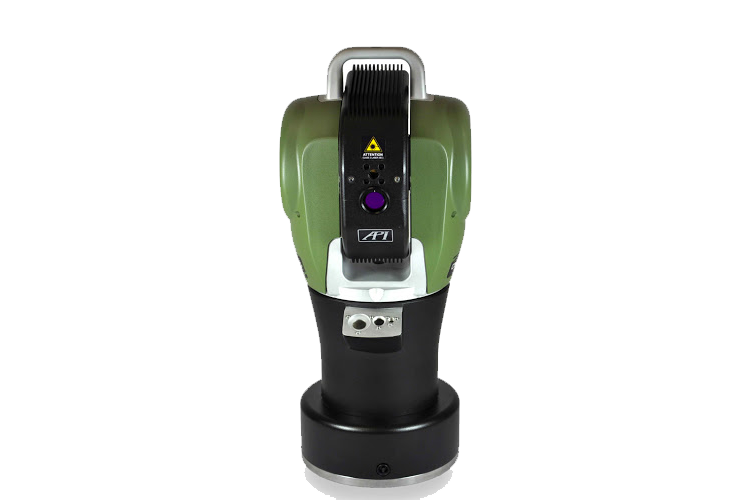
Azimuth Range
± 320º (640º end to end)
Elevation Range
+ 79º / -59º
Angular Resolution
± 0.018 arc seconds
System Angular Accuracy
3.5 μm/m*
System Resolution
0.02 arc seconds
Maximum Lateral Target Speed
180º / sec
Key Features
Completely wireless operation (Integrated controller, weather station, tilt sensor, battery, WiFi)
Battery operation (3-6 hours) with internal, rechargeable cells (non-removable by user)
High accuracy ADM able to do dynamic measurement
Autolock (Camera Assisted Automated Target Acquisition)
Onboard level sensor

Typical Reflector Measurement Volume (ø)
320m
Operating Temperature
0 ̊C to +40 ̊C
Relative Humidity
Max : 95% (non-condensing)
Altitude
-700 to 5500 m (-2,300 to 18,000 ft)
Angular Accuracy
+/- 15 μm + 6 μm/m (+/- 0.0006”+0.000072”/ft)
Angular Repeatability
+/- 7.5 μm + 3 μm/m (+/-0.0003”+0.000036”/ft)
The Leica Absolute Tracker AT402 presents the ideal solution for portable probing applications when paired with the established quality of the Leica B-Probe portable probing tool. This single-case portable probing system delivers improvements in measurement process speed and usability as well as customisable hidden-point reach. When added to the already class-leading cableless functionality of the Leica B-Probe, large-volume probing is now simpler and better than ever before.
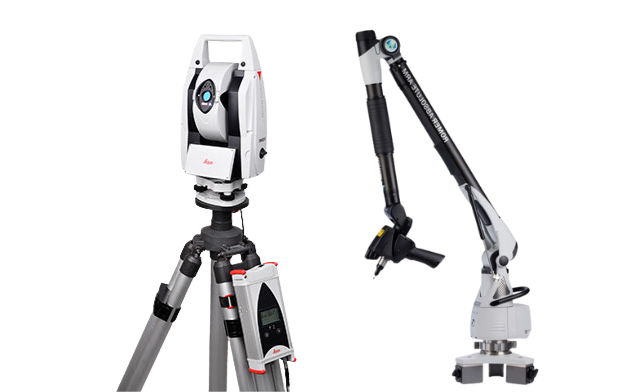
Laser trackers are instruments that accurately measure large objects by determining the positions of optical targets held against those objects. The accuracy of laser trackers is of the order of 0.025 mm over a distance of several metres.[1] Some examples of laser tracker applications are to align aircraft wings during assembly[2] and to align large machine tools.[3] To take measurements the technician first sets up a laser tracker on a tripod with an unobstructed view of the object to be measured. The technician removes a target from the base of the laser tracker and carries it to the object to be measured, moving smoothly to allow the laser tracker to follow the movement of the target.

A coordinate measuring machine (CMM) is a device that measures the geometry of physical objects by sensing discrete points on the surface of the object with a probe. Various types of probes are used in CMMs,including mechanical,optical, laser,and white light.Depending on the machine, the probe position may be manually controlled by an operator or it may be computer controlled.CMMs typically specify a probes position in terms of its displacement from a reference position in a three-dimensional Cartesian coordinate system

A laser tracker is a measuring device that projects a laser beam onto an optical target that is in contact with an object to be measured, and determines the three-dimensional position of the target. The optical targets known as “retroreflective” because they reflect the laser beam back to its emitted origin point – typically known as a spherically mounted retroreflector (SMR). Dimension values, angles, geometrical tolerances, etc. are determined by software that calculates the 3D coordinates of the retroreflector.

3D scanning is the process of analyzing a real-world object or environment to collect data on its shape and possibly its appearance (e.g. color). The collected data can then be used to construct digital 3D models.
A 3D scanner can be based on many different technologies, each with its own limitations, advantages and costs. Many limitations in the kind of objects that can be digitised are still present. For example, optical technology may encounter many difficulties with dark, shiny, reflective or transparent objects. For example, industrial computed tomography scanning, structured-light 3D scanners, LiDAR and Time Of Flight 3D Scanners can be used to construct digital 3D models, without destructive testing.
© 2023. copyrights. All Rights Reserved. Designed by Justsee